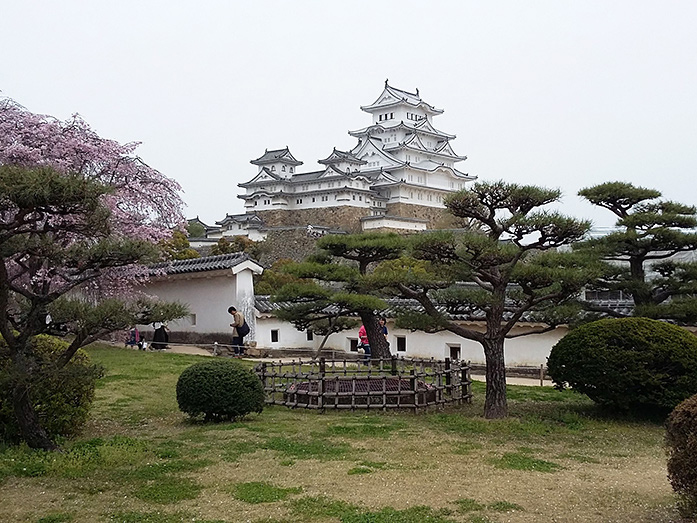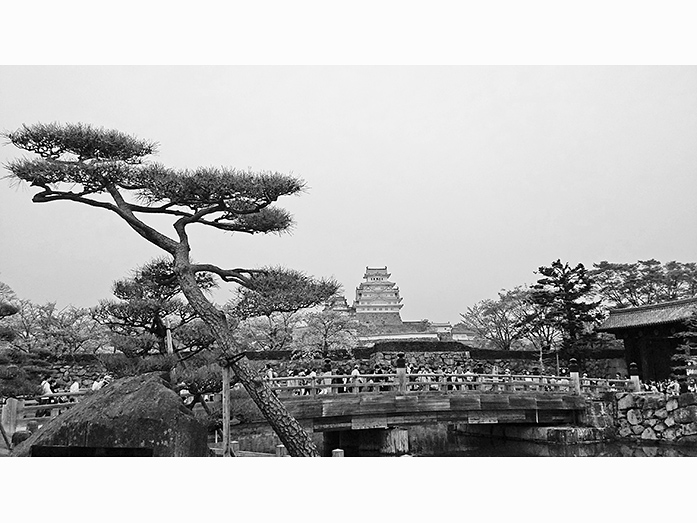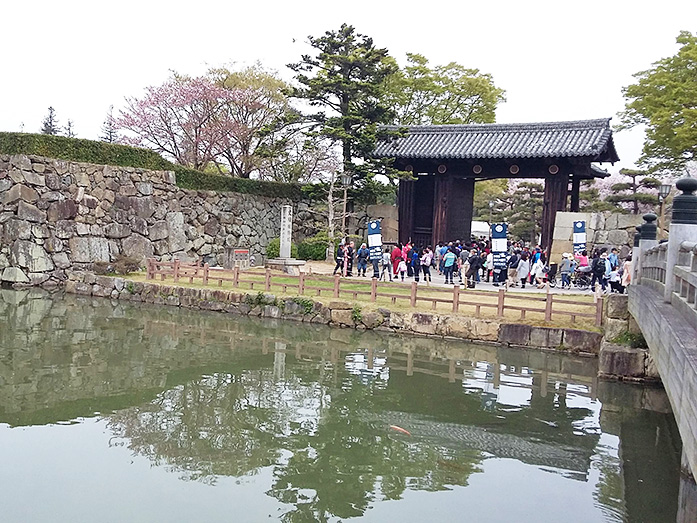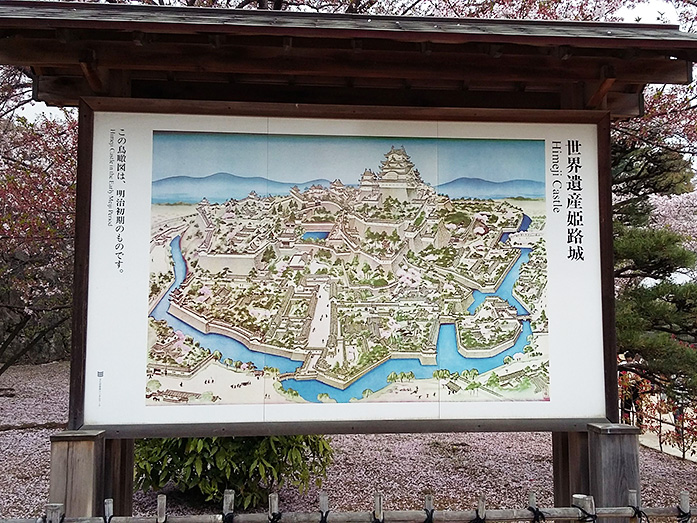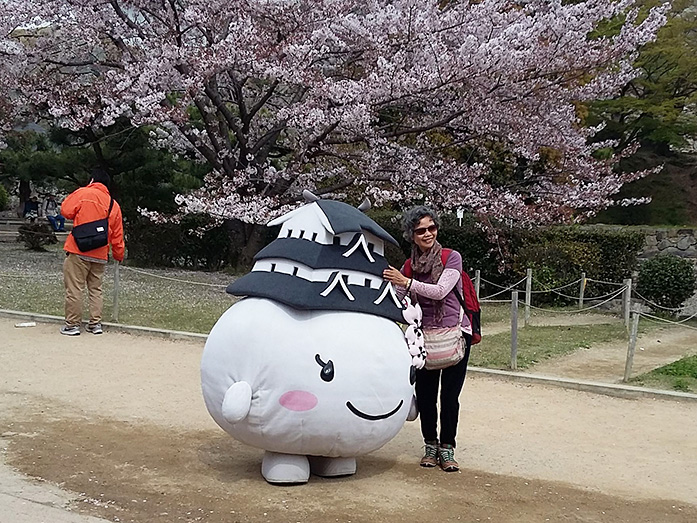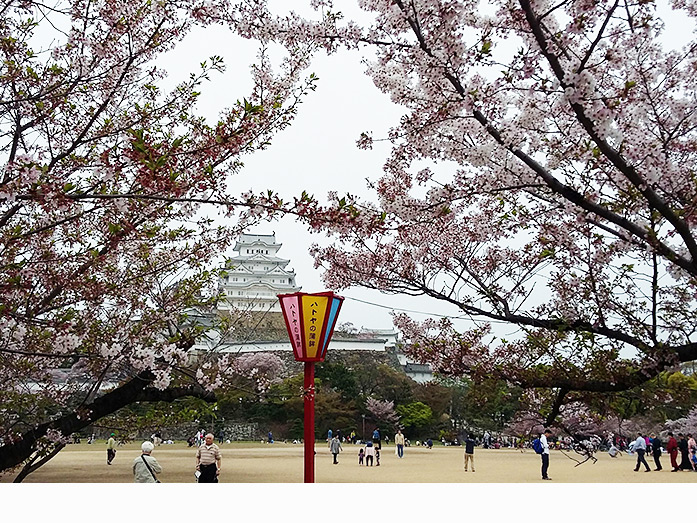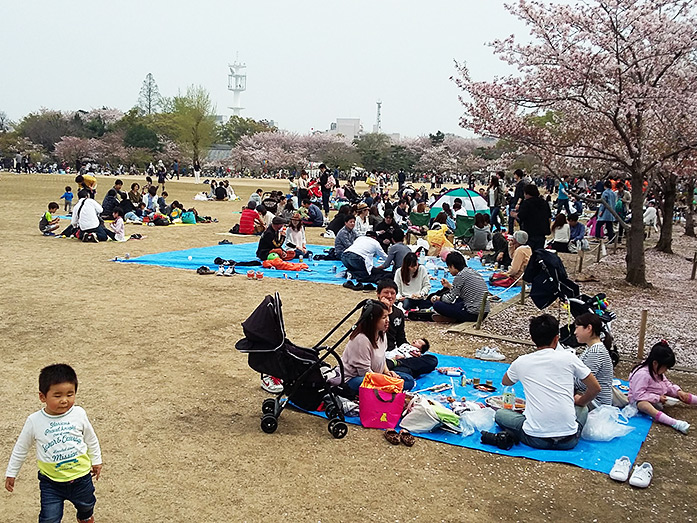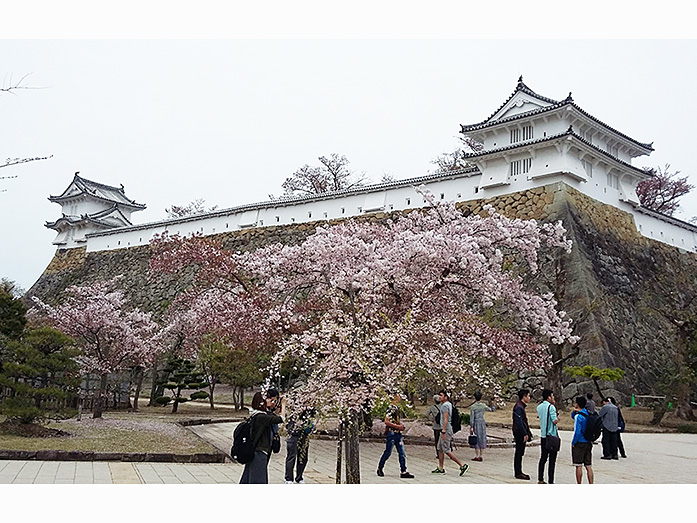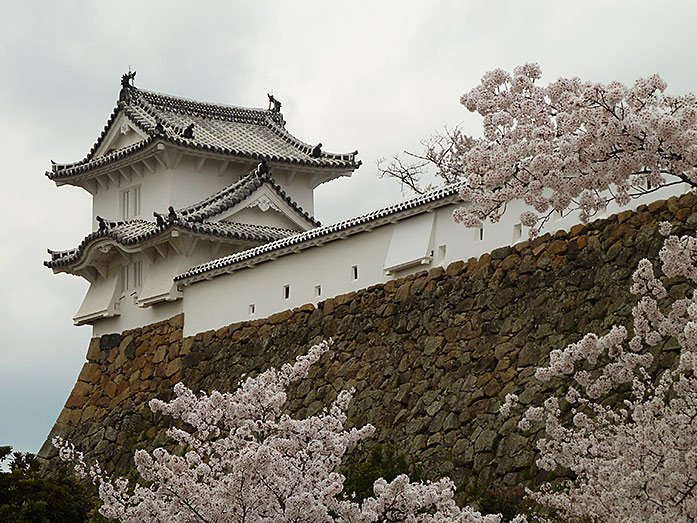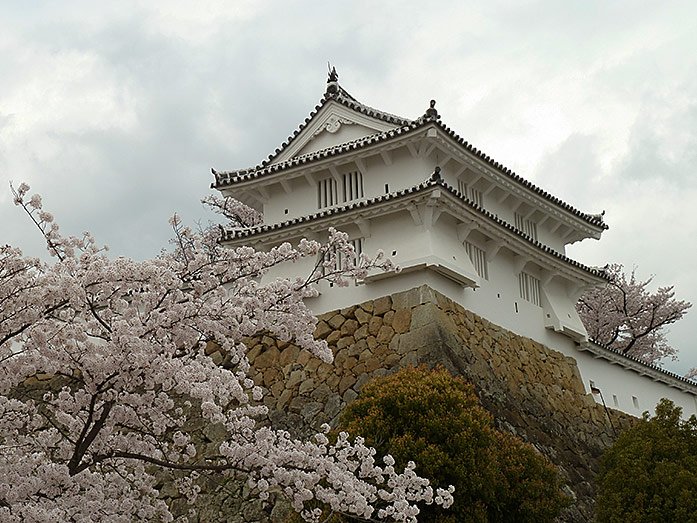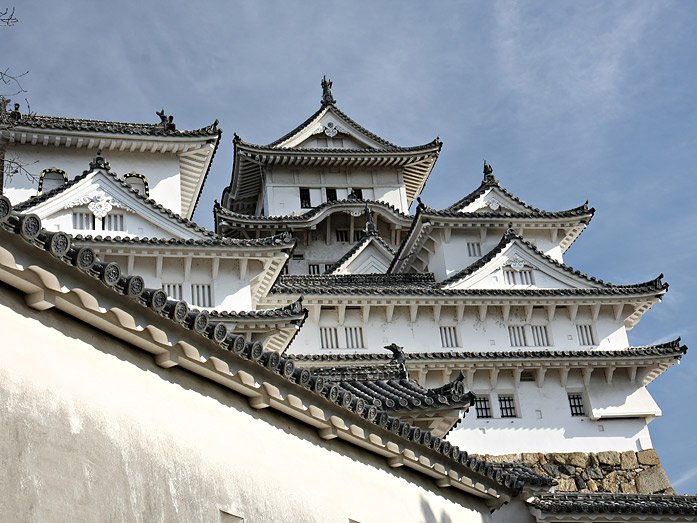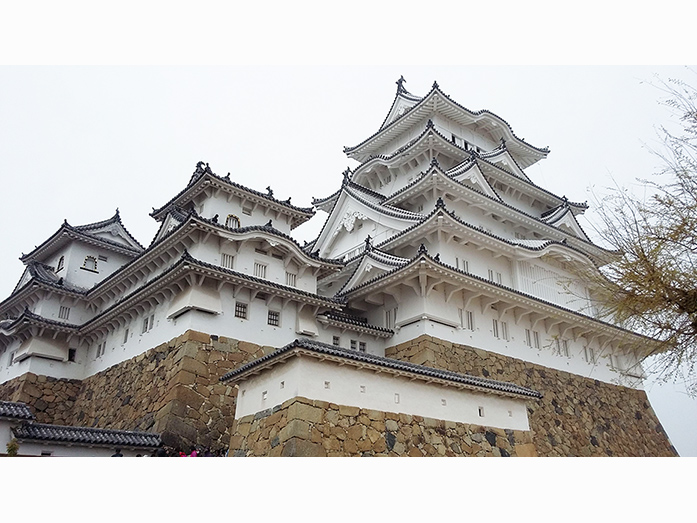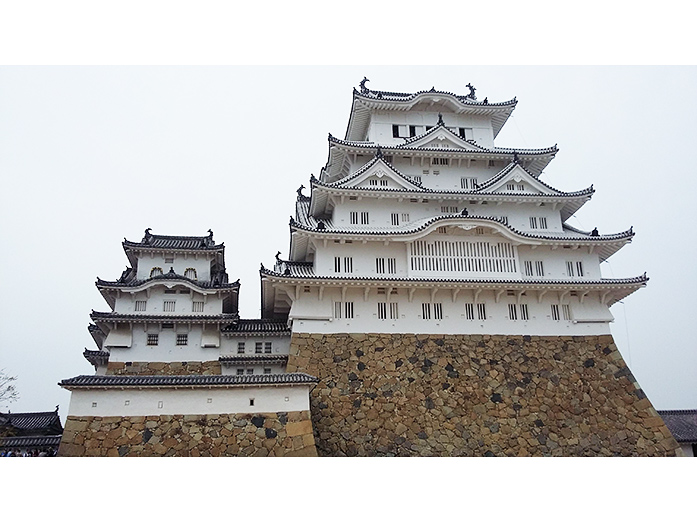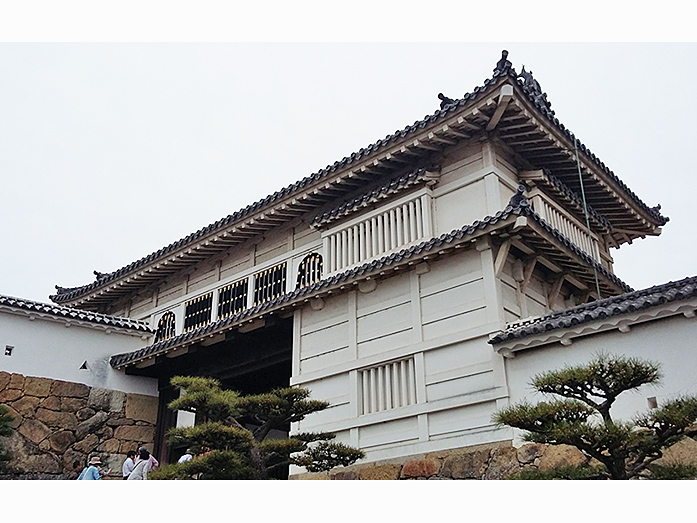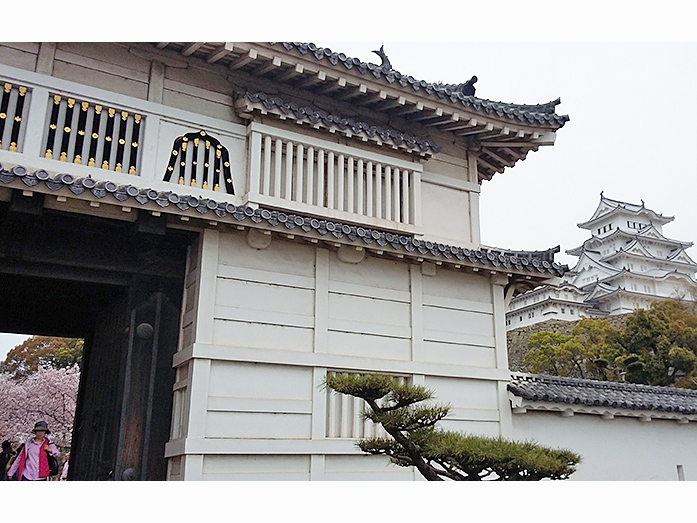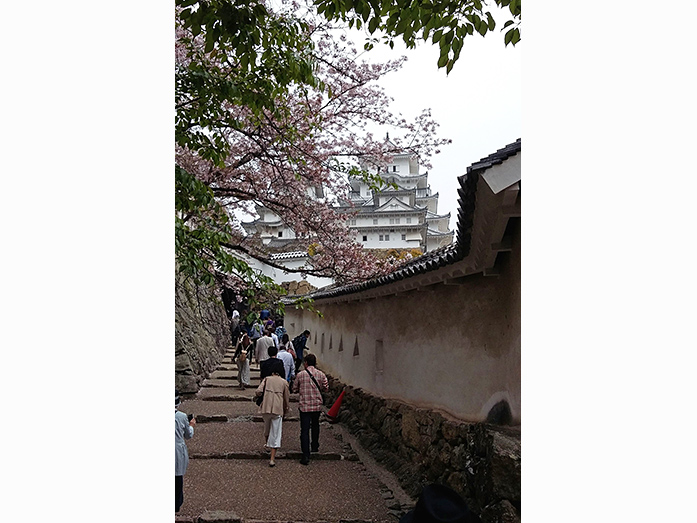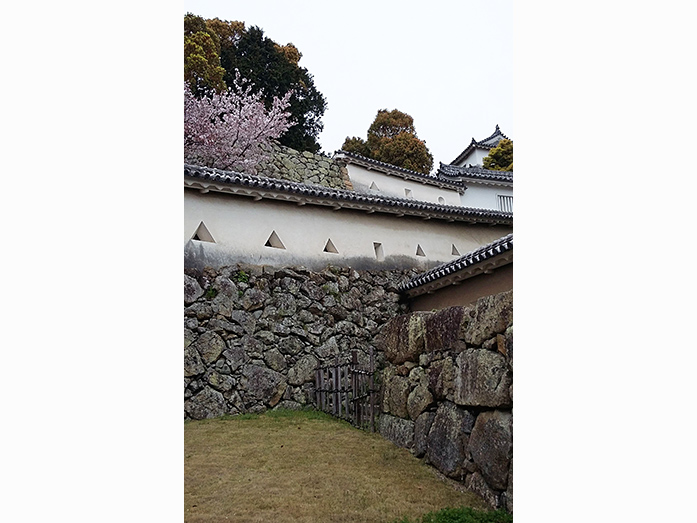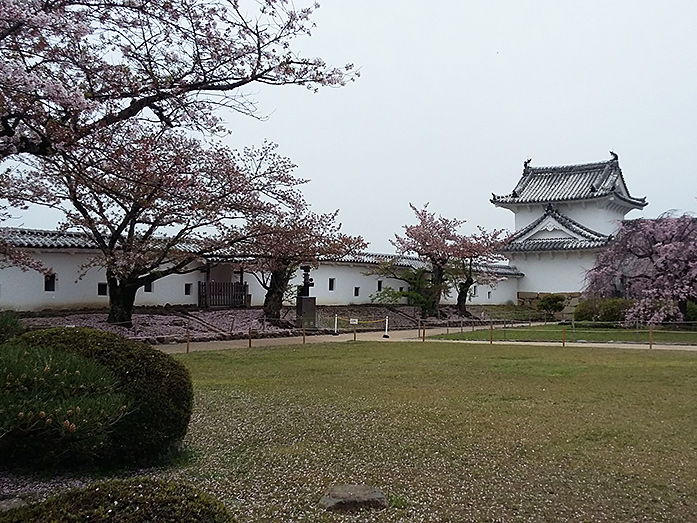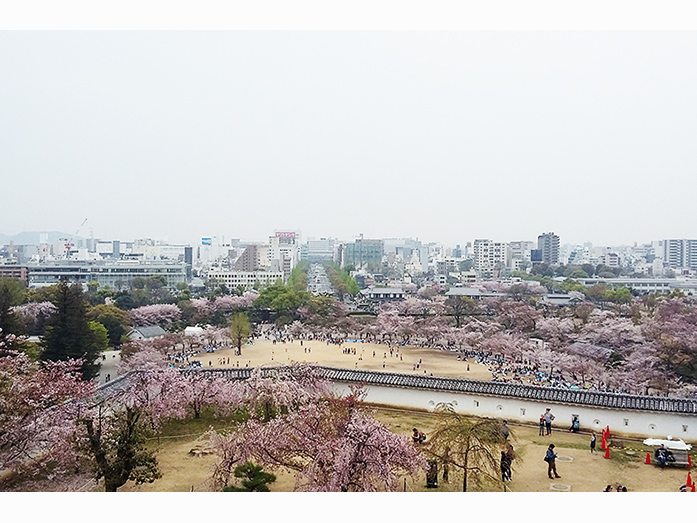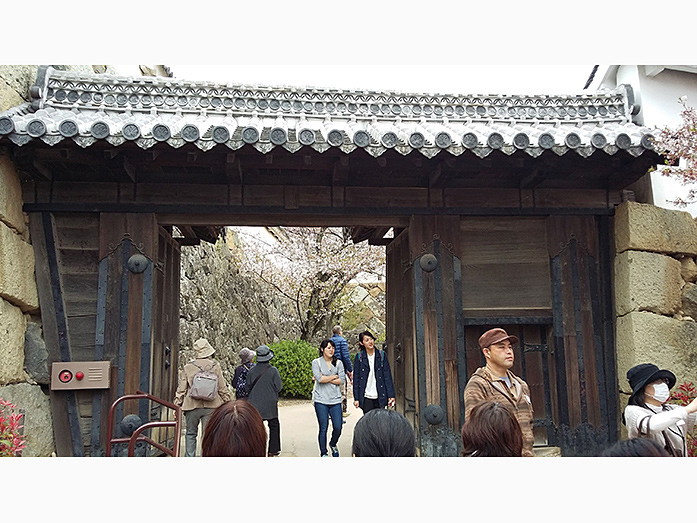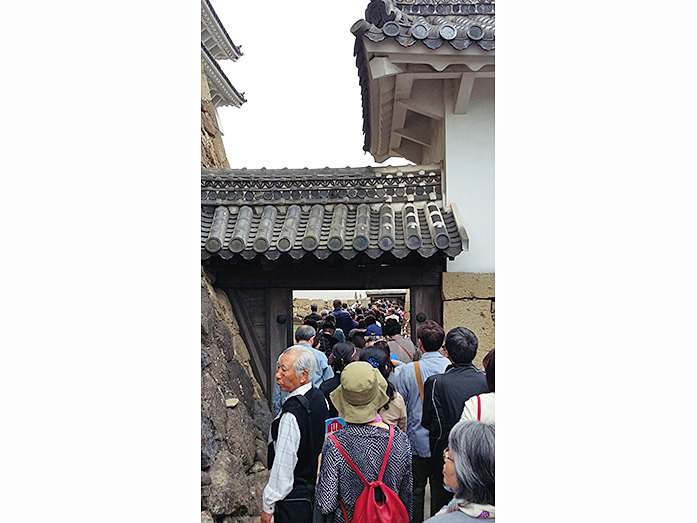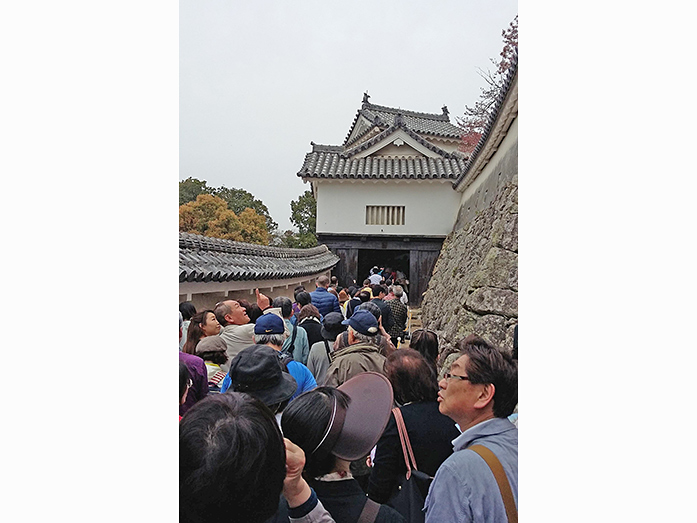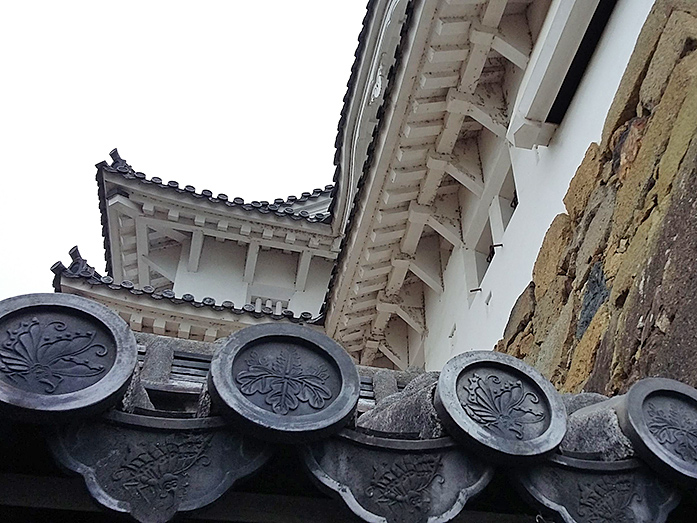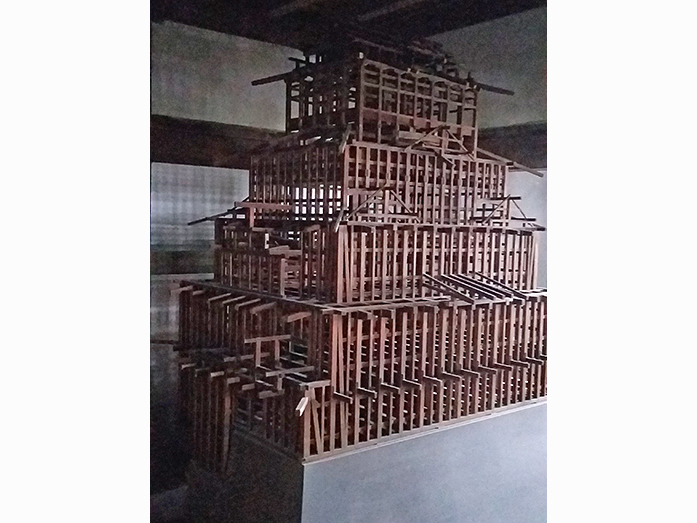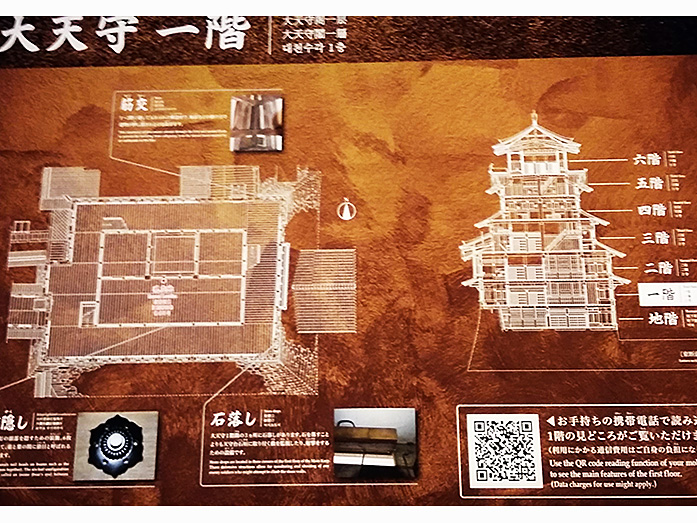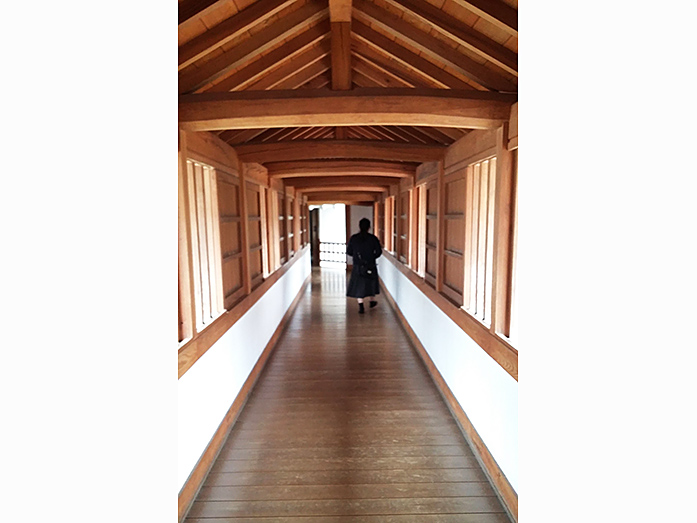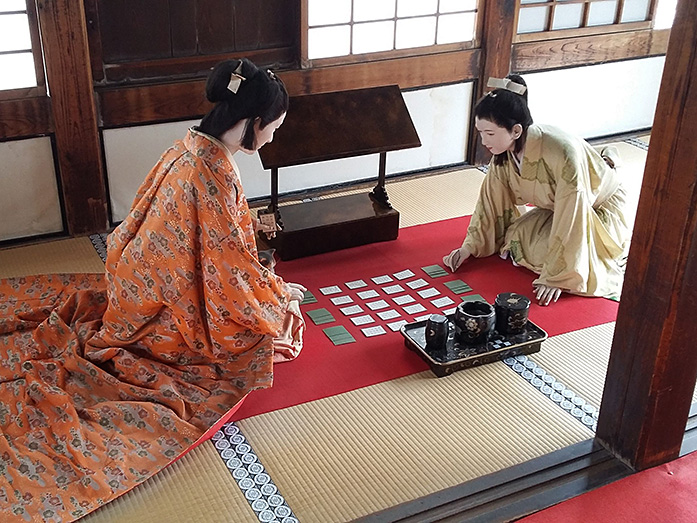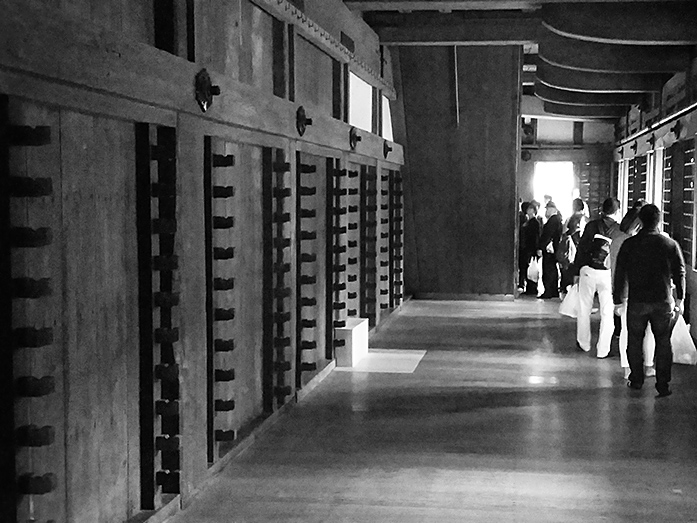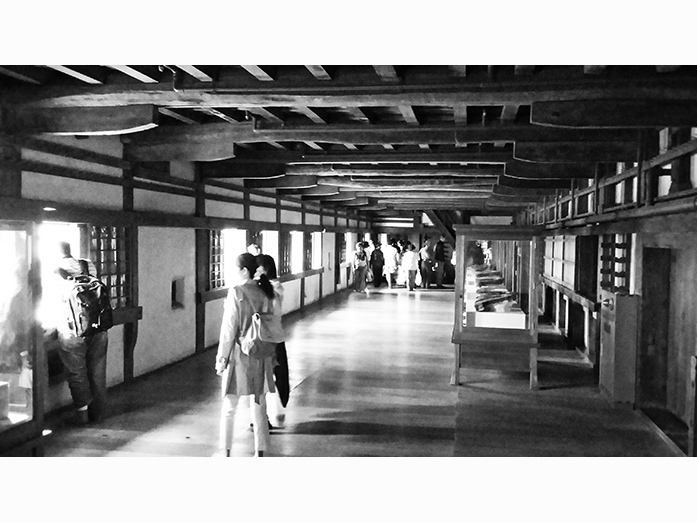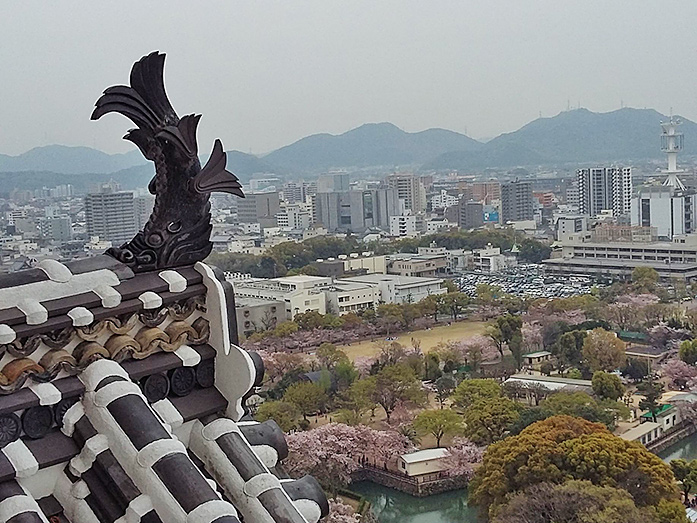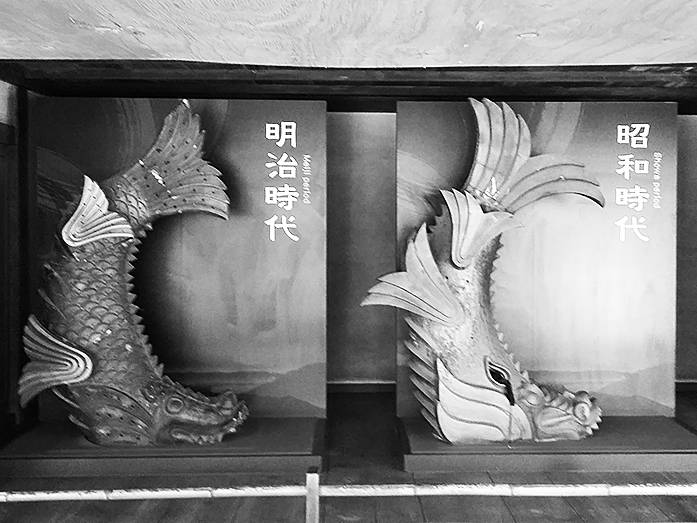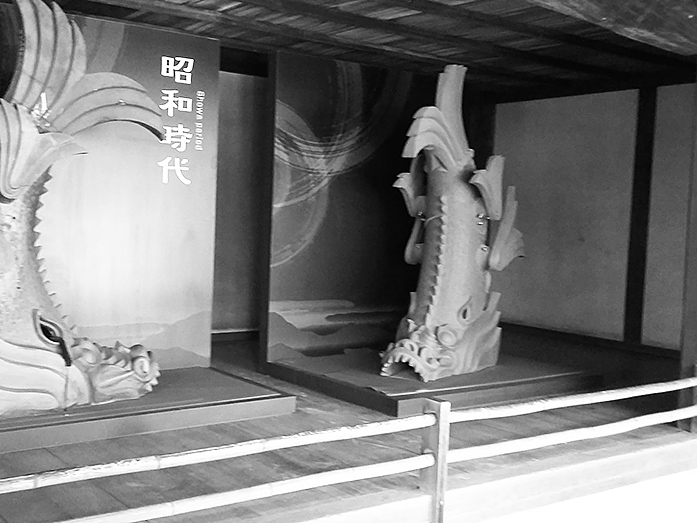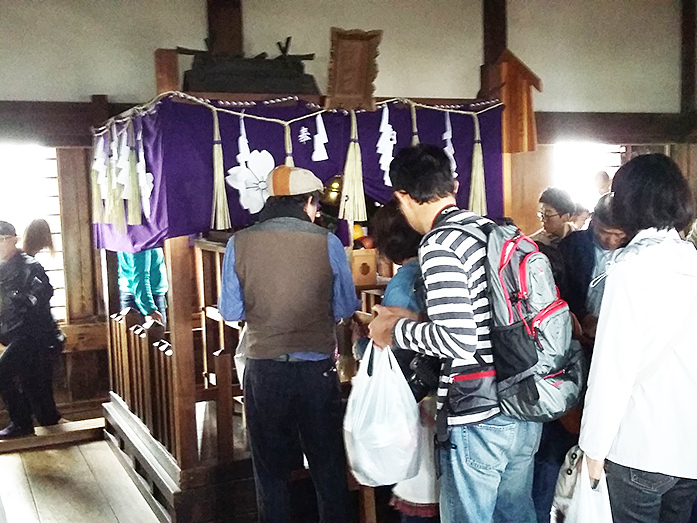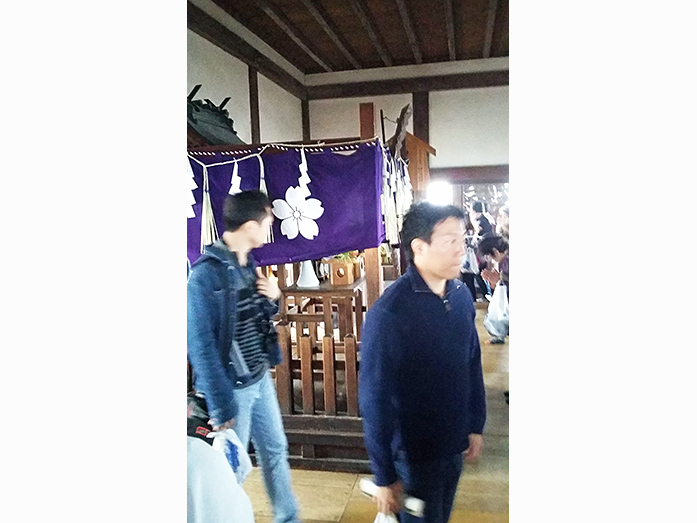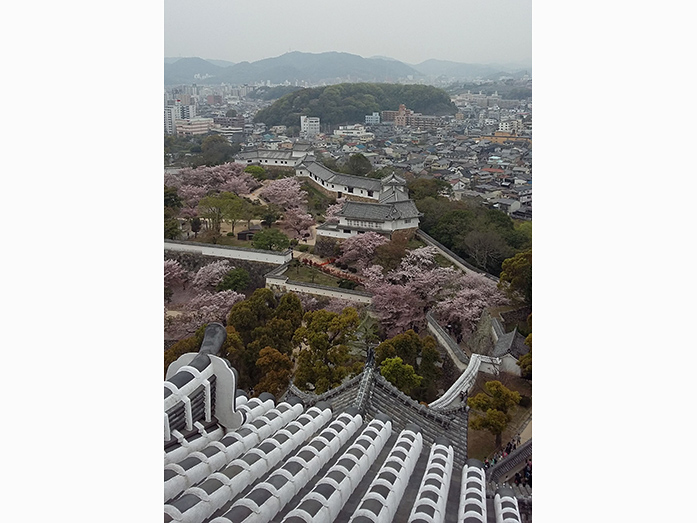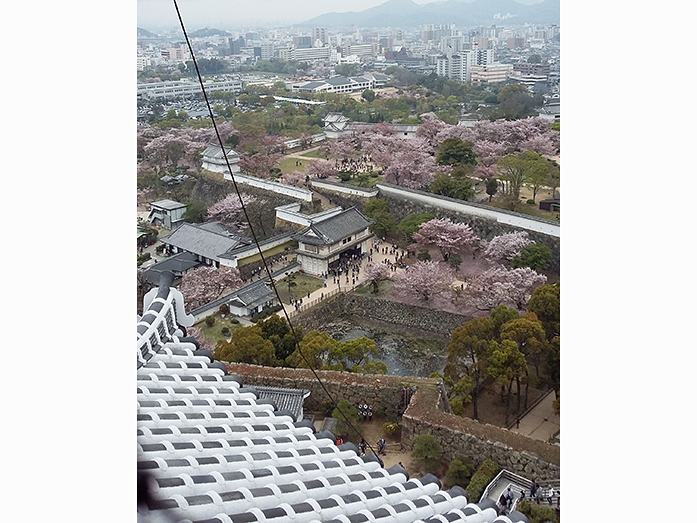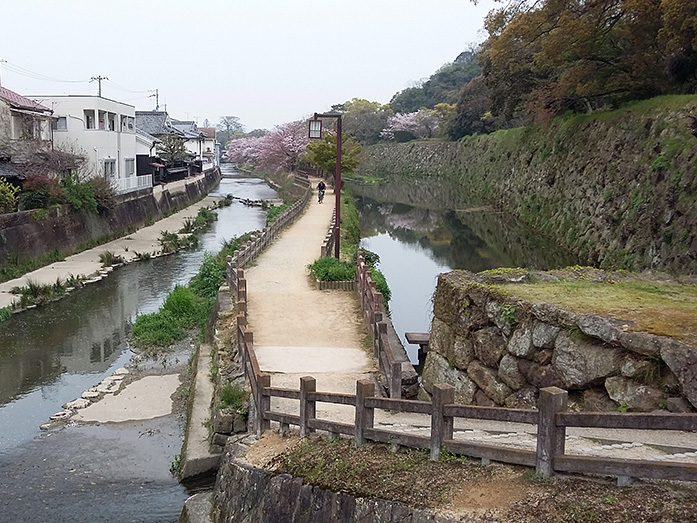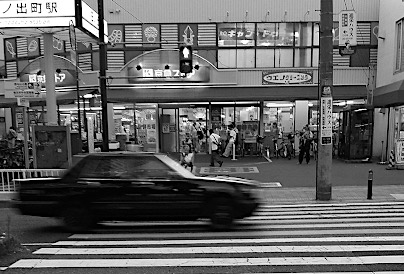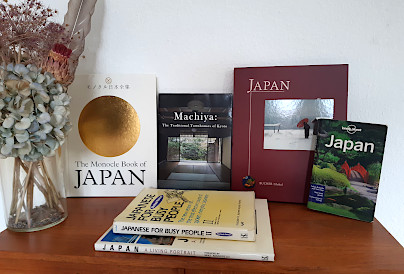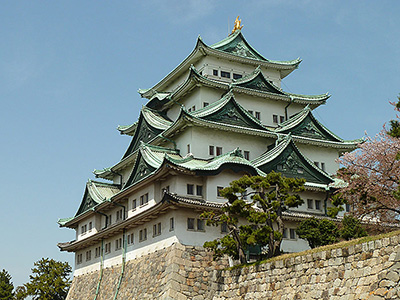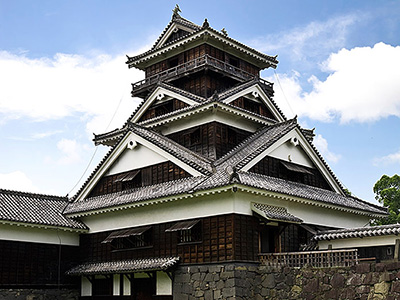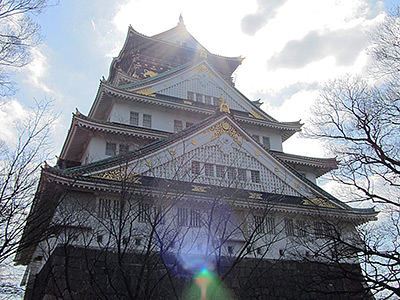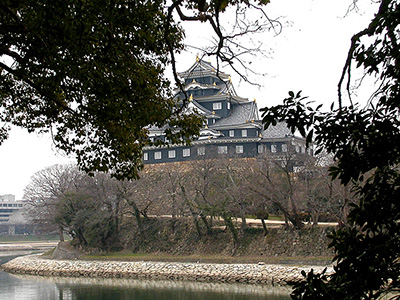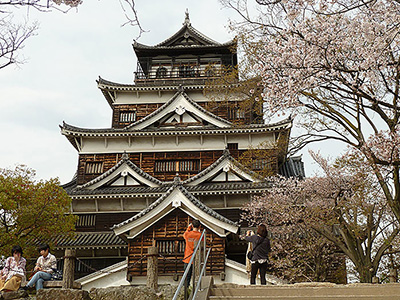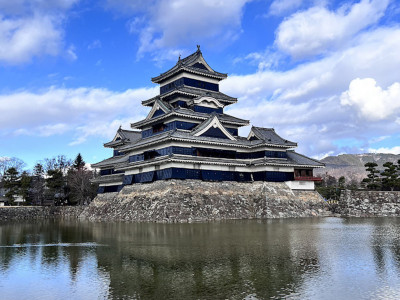Himeji Castle
This post can contain affiliate links, which means that we may receive a small commission if you make a purchase using these links.
Facts & Figures
Himeji Castle or Himeji-jo is a registered UNESCO World Heritage Site (one of the first in Japan). It is the most beautiful and most visited castle in Japan. The national treasure Himeji-jō belongs to the 12 remaining original feudal-era castles in Japan.
 Buy now and Save >
Buy now and Save >
Since 2004 I have traveled nearly every year to Japan. The rail pass made my life easier to discover all those amazing places in my favorite country.
The whole structure consists of a network of 83 buildings like storehouses, gates, walls, turrets (yagura), and corridors. Because of the castle's white form and exterior, it is sometimes called in Japanese Shirisagi-jo - a white heron castle. The castle was built on top of a hill with the name Himeyama. The height of the main keep/tower is 46.4 meters. The five-story main tower and three smaller keeps are protected by huge stone walls and moats. These towers are connected by corridors and passages (wateriyagura) which form an inner court. The castle complex covers an area of nearly 200.000 square meters. The labyrinthine defensive system and the multiple keeps are the main highlights of the castle. It is nearly a miracle that even through heavy bombings of the city of Himeji during World War 2 and strong earthquakes the structure is still undamaged for over 400 years.
- Himeji Castle:
- Opening Hours - 9:00 am to 5:00 pm - 1st of September - 26th of April (last entry 4:00 pm)
- Opening Hours - 9:00 am to 6:00 pm - 27th of April - 31st of August (last entry 5:00 pm)
- Closed - 29th and 30th of December
- Admission Fee - Adults: 1000 yen, Students: 300 yen, Preschool children: free
- Koko-en Garden:
- Opening Hours - 9:00 am to 5:00 pm - 1st of September - 26th of April (last entry 4:30 pm)
- Opening Hours - 9:00 am to 6:00 pm - 27th of April - 31st of August (last entry 5:30 pm)
- Closed - 29th and 30th of December
- Admission Fee - Adults: 310 yen, Children: 150 yen
My tips for local activities
Explore Himeji with a local guide. This private tour will take 4 - 6 hours. It includes Himeji Castle, Mt. Shosha, Engyo-ji Temple and much more depending on your preferences. Check out this page > for more details.
History
Himeji Castle was founded by the samurai Akamatsu Sadanori (1277 - 1350) in 1346 to be protected against attacks by local shoguns. In 1581 this fortified building was transformed into a castle by daimyo Toyotomi Hideyoshi (1537 - 1598). He was appointed by warlord Nobunaga Oda (1534 - 1582) who controlled the Harami district. 30 years later daimyo Ikeda Terumasa (1565 - 1613) extended the Himeji Castle. It took nine years to finish the construction and the end result was what you see today. It was home to 48 successive daimyos (lords) in the following centuries. Himeji Castle was never involved in any battle during the years and therefore could keep its perfect shape. A huge fire in 1882 destroyed a palace called Bizen Maru, which was located at the base of the main keep. It was the place where daimyo Ikeda Terumasa lived. Himeji-jo was designated a national treasure in 1931. A longer restoration work started in 1956 and lasted till 1964. Finally, in 1993 the castle got the status of a UNESCO World Heritage Site. In 2014 Himeji Castle reopened to the public after five years of renovation.
Location

The Castle is located within the city Himeji in the Hyōgo Prefecture.
How to get to Himeji Castle?
- 39min from Osaka to Himeji with the Hikari Shinkansen
- 55min from Kyoto to Himeji with the Hikari Shinkansen
Sightseeing spots at the castle grounds
Top:
Otemon Gate - Otemon is the main gate of Himeji Castle. The current timber structure was rebuilt in 1938. It gives you access to the admission-free part, known as San-no-maru, of the castle grounds.
San-no-maru - Right after the main gate you will find this huge open space (outer bailey), which can be rented.
Hishi Gate (Diamond Gate) - The largest gate of the Himeji Castle complex is Hishi-no-Mon. Only 21 out of 84 gates are still existing today. The structure is called yaguramon, which means a gate with a turret (yagura) built on top. The name itself comes from crests with diamond (hishi) shapes on them attached to the pillars supporting the gate.
Nishinomaru - The west bailey served as the home of a princess and offers you great views of the main castle tower. Explore the endless corridor and empty rooms along the way. Look out for the doll of Princess Sen-hime and her servant. The hair and costumes display the fashion style of that time period.
Osakabe Shinto Shrine - The shrine can be found at the top of the main tower. The Himeji Castle stands now at its old location and people later moved the shrine to the top floor.
Main keep - You can go up to the top floor of the 7-storey tower and enjoy various exhibitions at key places. The view from the observation deck is worth all the climbing.
Koko-en Garden - The nine Edo-styled Japanese gardens are located in the former samurai quarters in the western part of the castle complex.
Hyogo Prefectural Museum of History - The museum opened in 1983 and is located at the northeast corner of the Himeji Castle complex. It shows the history of Himeji Castle, the city of Himeji, and Hyogo prefecture.
Festival & Events (dates can change without notice)
June
Himeji Yukata Festival (22nd - 24th)
The festival celebrates the colorful Yukata (a traditional summer fashion) at the Osakabe Shrine in the center of Himeji City. More than 200,000 visitors come here every year. You can enjoy a Yukata fashion show, a parade, dance performances, live music, and 800 stalls. The festival dates back to a period between 1732 to 1741.
October
Nada no Kenka Matsuri (14th - 15th)
Is the very popular name for a festival at the Matsubara Hachiman Shrine in the city of Himeji. It is called the 'Fighting Festival' because one of the attractions is that three mikoshi (portable shrines) are battered against each other till one smashes.
Where to stay near Himeji Castle?
My 100 Best Moments in Japan
I have visited Japan nearly every year since 2004. This is my collection of the 100 best moments in my favorite country. Enjoy the pictures and I hope you will start your own journey soon.
Find out more >
Books about Japan
Reading books is a great source of inspiration for me. Check out my recommended list of books about the fascinating country Japan.
My Book recommendations >

